- Tesla plans to launch the Tesla Model 2, an affordable electric vehicle priced at $25,000, which could significantly impact the U.S. EV market.
- The electric vehicle market is transitioning from early adopters to the early majority, emphasizing the importance of affordability and accessible charging infrastructure.
- Tesla’s direct-to-consumer sales model, featuring fixed pricing and online purchasing, has been a key to its success, with other automakers considering similar strategies.
In America, the electric vehicle (EV) wave has been missing an essential element from the outset: affordable EV models. The reasons behind the United States lagging behind China, the global leader in EV adoption, are multifaceted. One significant factor is the stark disparity in labor costs between the two nations. Additionally, China’s robust government support for EVs, coupled with its extensive manufacturing capabilities, places it in a favorable position.
The most significant reason is that Chinese EV prices are much lower. Forbes reported that according to JATO Dynamics, in the first half of 2023, an electric car cost $33K on average in China, as opposed to $72,000 in the U.S.
High prices are one of many barriers facing EV adopters in 2023. A low-priced, quality EV model is definitely warranted and would certainly be a bestseller. According to Kelly Blue Book via Yahoo Finance, “The average price for a new EV is about $61,488. That’s considerably higher than the average internal combustion engine (ICE) four-door sedan, which runs about $48,681.”
ADVERTISEMENT
Chevy’s Bolt EV Sold Well in 2022
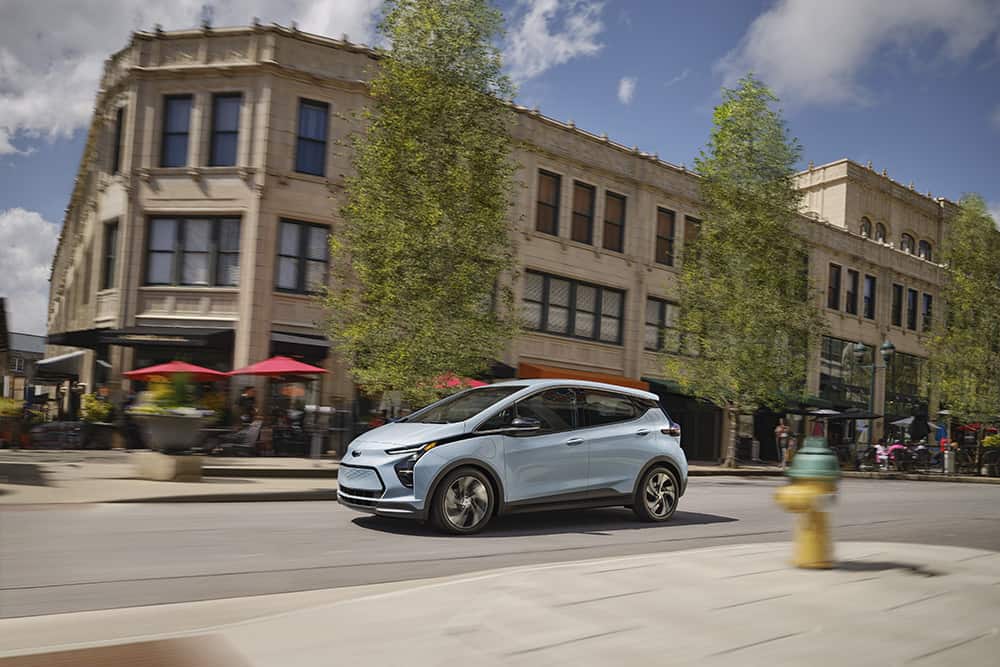
In 2022 the Chevy Bolt had a good year as the fifth best-seller, according to CNET. The Bolt’s starting price is just over $25,000, and it is currently the cheapest EV in the US. The price drops to $17,500 when you deduct the available $7,500 tax credit. The tax credit will become a point-of-sale discount in 2024, further boosting EV sales in America.
Tesla’s $25,000 EV Will Drastically Disrupt the EV Industry

Tesla’s upcoming $25,000 electric car is tentatively called the Model 2. “We are working on a low-cost electric vehicle that will be made at very high volume,” Elon Musk shared in a December 2023 interview. Musk first hinted at the vehicle in 2020. The Tesla Gigafactory in Austin, Texas, would produce the low-cost Tesla initially. Musk also said he reviews Model 2 Tesla production plans every week.
Car industry veteran Sandy Munro conducted the interview with Musk and said an affordable Tesla could do real damage to the competition. “They’re going to sell them all day long. And woe to those who are trying to compete with them,” said Munro.
A $25,000 Tesla would definitely set the EV industry on fire. Tesla has dominated the American EV market despite its high prices. In 2022 EV sales, the Tesla Model Y was in first place. Second was the Model 3, and fourth was the Model S. American drivers obviously love Teslas, and a lower-priced model would make the brand available to many more drivers.
In markets such as China and India, the Tesla Model 2 could sell in significant amounts. In these markets, low prices are even more important. Tesla cut prices on its existing models globally several times, which are down roughly 25% year over year, according to Cox Automotive.
Other Low-Priced EV Models
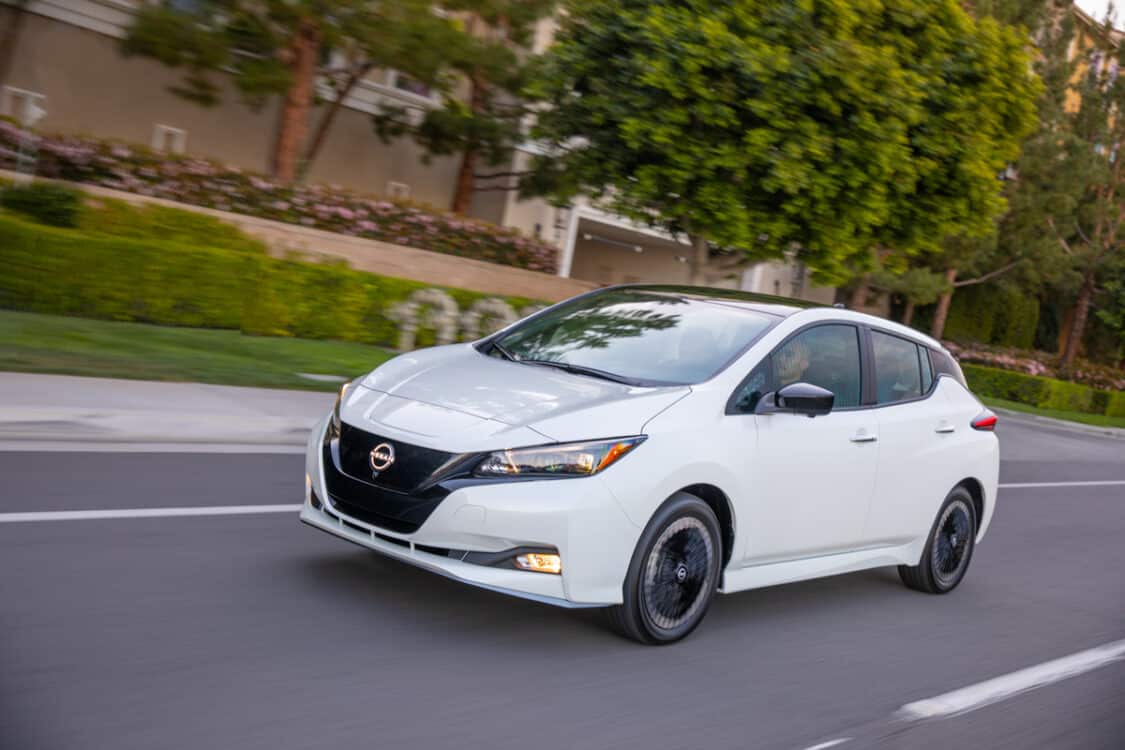
While the Tesla Model 2 garners significant attention, it’s worth noting that other low-priced EV models like Nissan’s Leaf and the Hyundai Kona Electric have made their mark. However, the Leaf will no longer be available in the U.S. market after 2025.
Tesla Slipping in US EV Sales
Tesla’s share of the US EV market fell from nearly 65% to 50% in 2023’s third quarter. According to Kelley Blue Book, among legacy OEMs offering both internal combustion engine (ICE) and EV products, Audi, BMW, and Volvo had the highest percentages of EVs in Q3. BMW had the highest, with over 15% of its sales comprising EVs. BMW was followed by Volvo and Audi, with over 12% of both their sales being EVs. A $25,000 Tesla model would dramatically boost Tesla’s sales, putting it back on top. Tesla’s problem in 2023 is that EVs are becoming too popular, encouraging others to enter the market and compete.
ADVERTISEMENT
EV Adoption Problem for Tesla in 2023
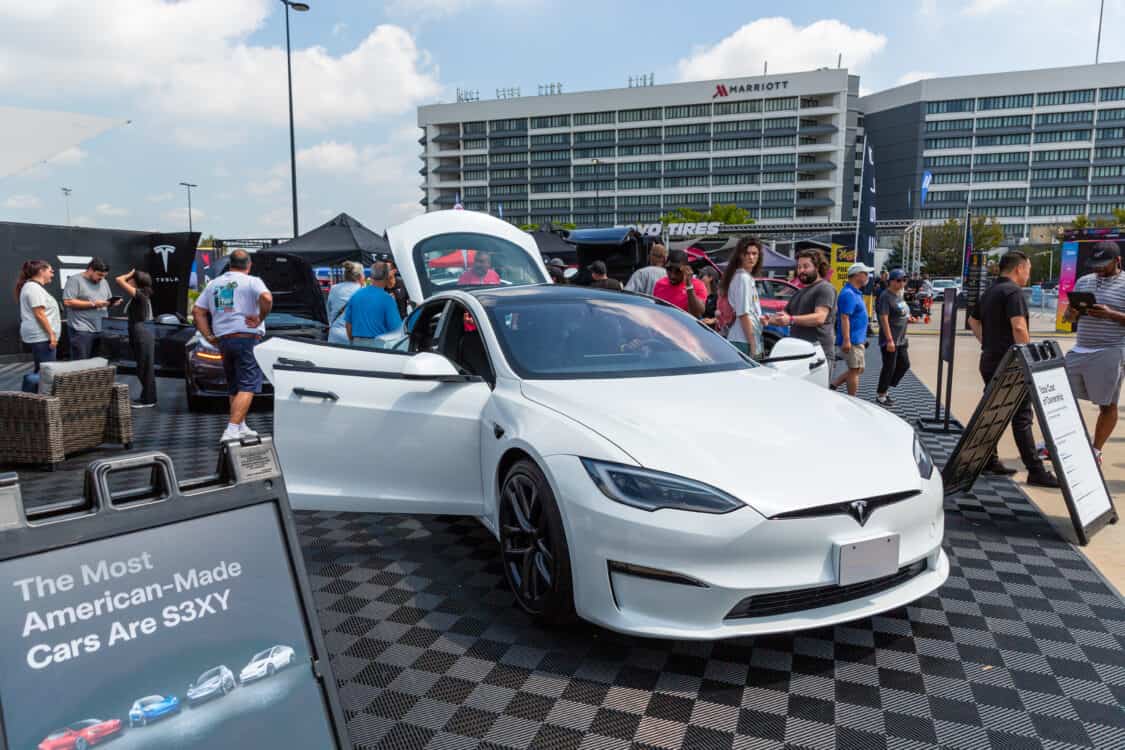
Tesla has another problem with selling its EVs in 2023. This is shared by all other companies selling EVs. The problem is that the early EV adopter stage is over. Early EV adopters, mainly eco-conscious homeowners on the wealthier side, were eager to adopt. EV adoption has moved from the early adopter stage to the early majority stage.
This shift has been evident at Electrify Expo. BJ Birtwell, CEO and Founder of Electrify Expo, the largest and most vibrant EV event in the United States, spoke in a recent podcast. Birtwell said: “Electrify Expo’s attendees have shifted from the mostly eco-conscious early electric vehicle adopters to the more mainstream early majority consumer segment.”
Early majority adopters are more price-conscious and more apt to be discouraged by the EV adoption barriers; therefore, they are more likely to stick with ICE. Charging must be quick, easy, and convenient. Prices must be more affordable to allow adoption by working families in society’s middle-class mainstream. The availability of a $25,000 Tesla model would dramatically boost the company’s chances of selling an EV to these buyers.
Tesla’s Superior Sales Model

Tesla’s direct-to-consumer sales model is vastly superior to the dealership system most car buyers use today. In Tesla’s sales system, a fixed price for each model is posted on its website daily. That’s the final price customers pay. Customers can buy online or through a kiosk at a Tesla showroom. There’s none of the face-to-face, back-and-forth price negotiation and haggling that car buyers dislike.
The company’s direct-to-consumer sales model has been one of Tesla’s strengths and one of the more important reasons it has succeeded. Hyundai was the first to catch on to this and change its model to be more in line with this success. The company has formed a partnership with Amazon to begin selling its vehicles on the Amazon platform in 2024. Hyundai is most likely not cutting its dealers out of the equation to make direct-to-consumer sales like the Tesla model. However, selling online will remove the price negotiation problem for Hyundai buyers by offering a fixed price. Many other OEMs are expected to follow the online sales model soon.
Car Dealers Are Sabotaging Their EV Sales, Giving Tesla the Advantage
Tesla has an advantage over OEM dealerships that sell both internal combustion engine (ICE) vehicles, as well as EVs. Because the dealers have more experience selling ICE vehicles, many sales professionals do not know how to sell EVs.
A report by the U.S. Bureau of Labor Statistics showed that 43 percent of dealership profits are from labor and service. Sixteen percent of those profits come from new car sales. Because EVs need much less maintenance, it’s possible that dealerships are resistant to selling EVs to protect their profits.
Most dealerships are doing a bad job of training their salespeople on EVs. If this continues, a $25,000 Tesla model would significantly boost Tesla’s chances to sell the vehicle when faced with similarly priced competitive models from ICE manufacturers.
ADVERTISEMENT

FEATURE IMAGE: ELECTRIFY EXPO
FTC: We use income-earning auto affiliate links. Learn more.


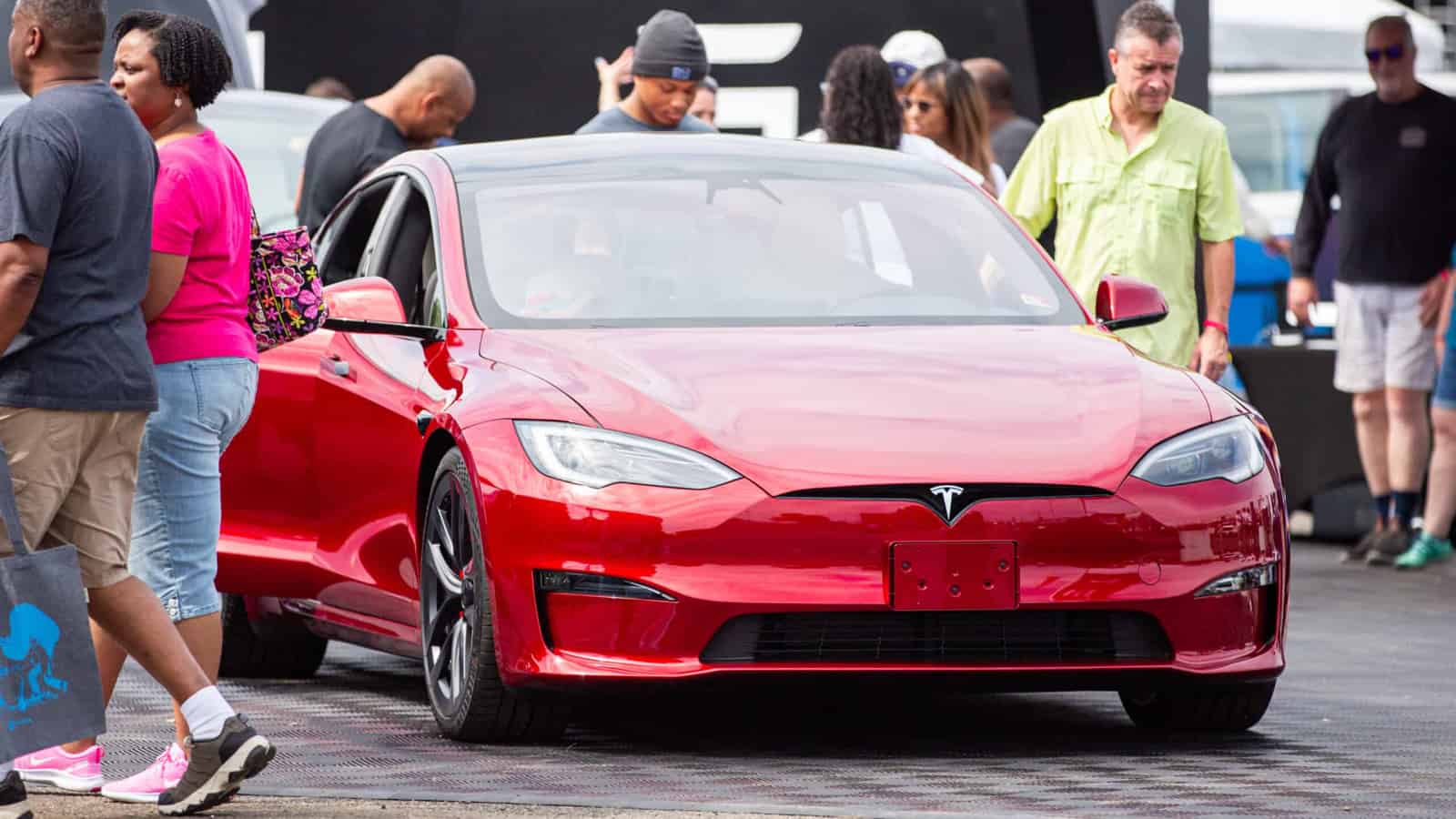



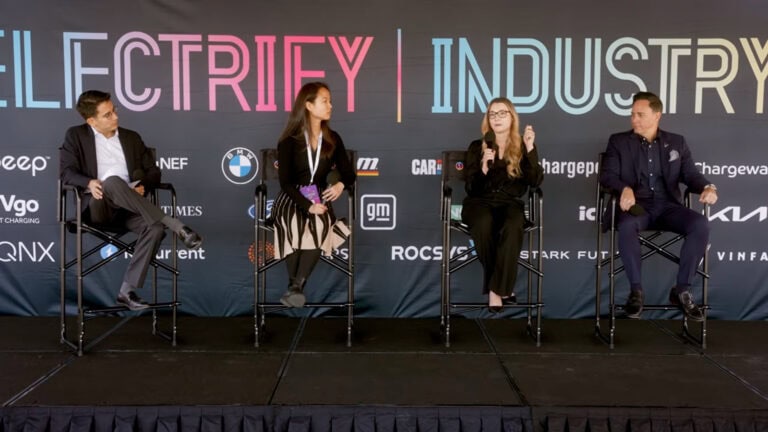
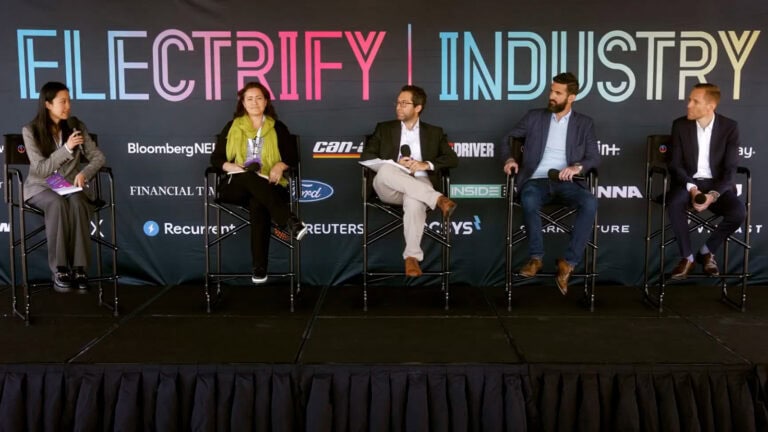
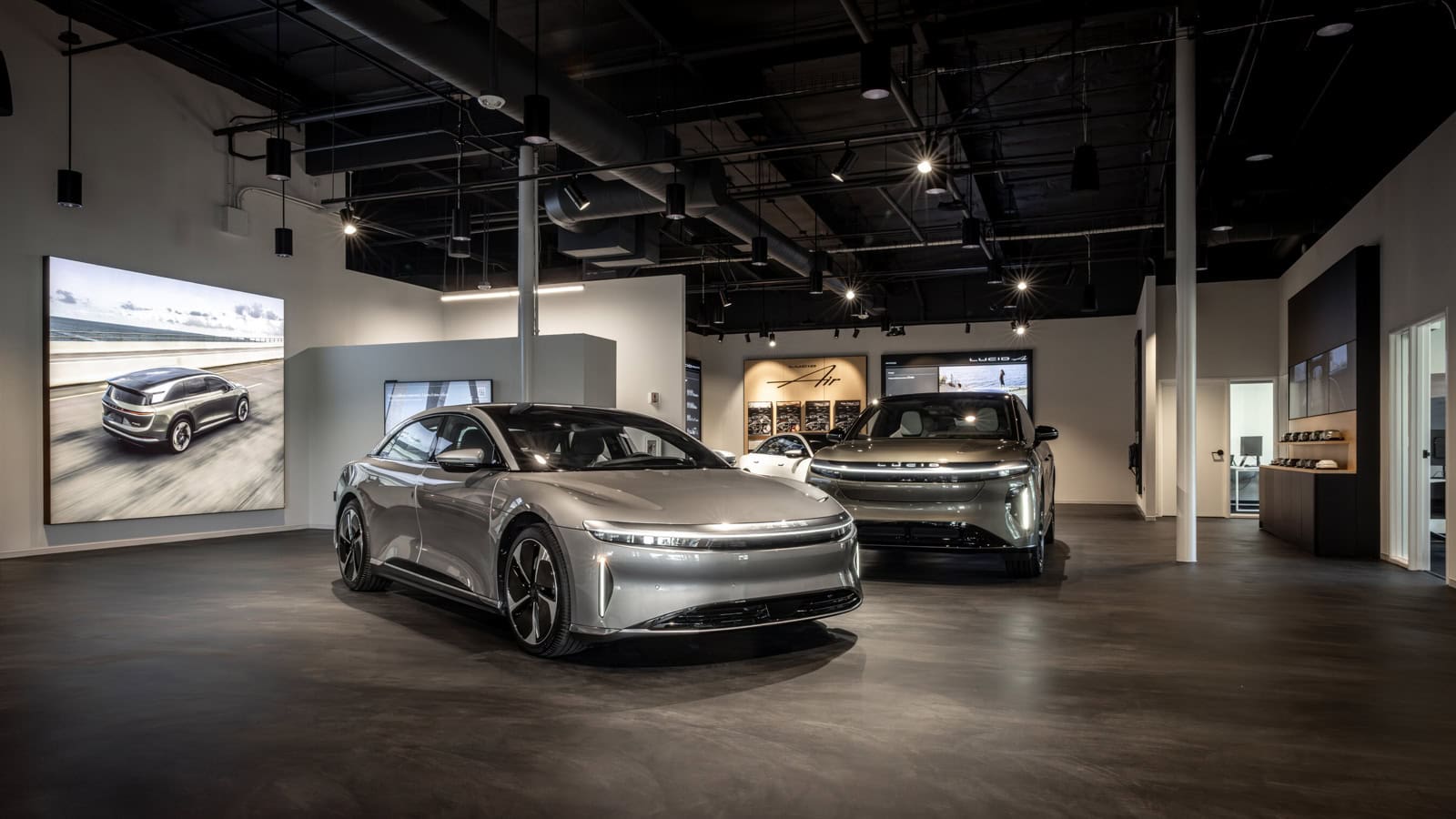
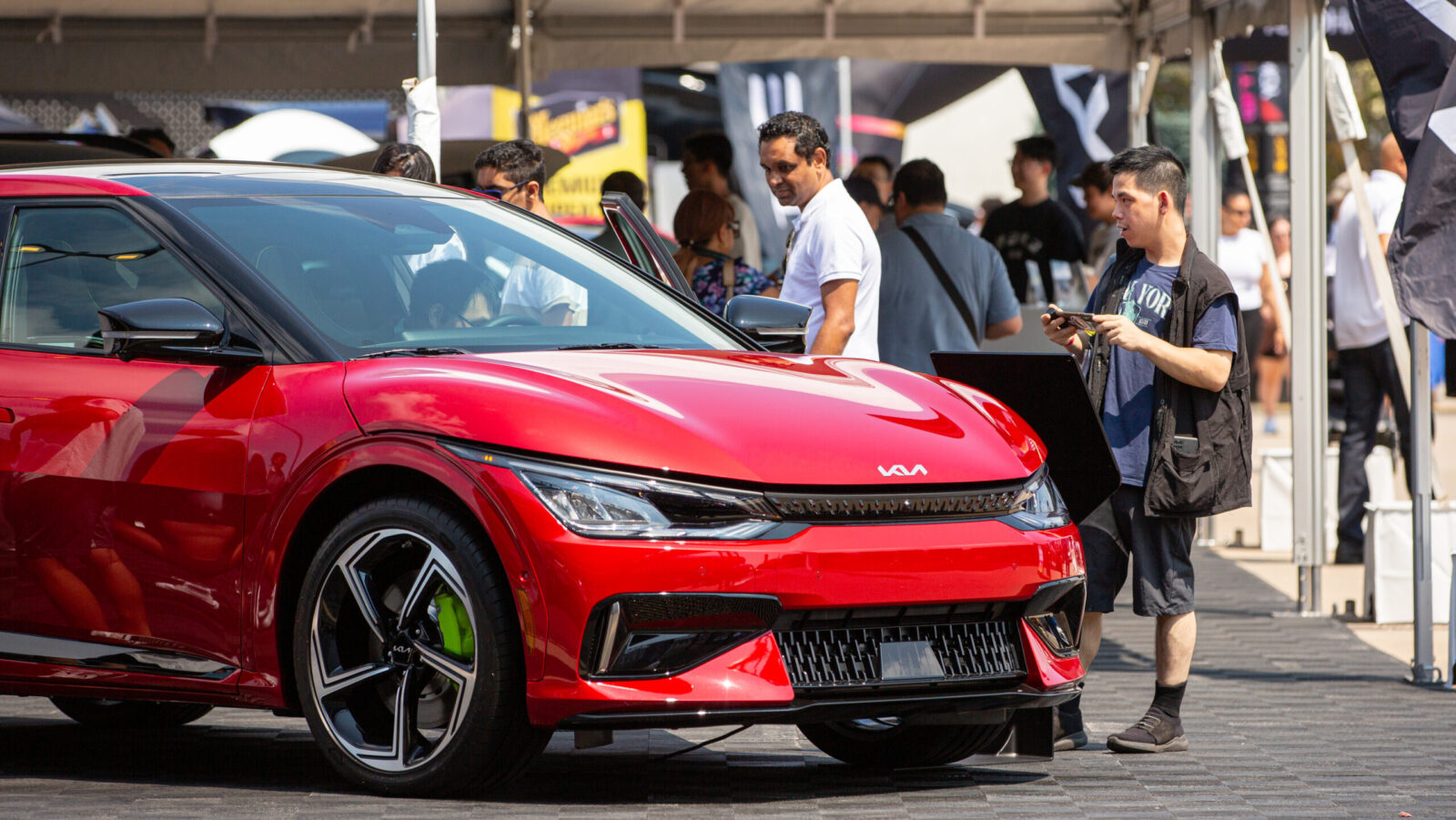
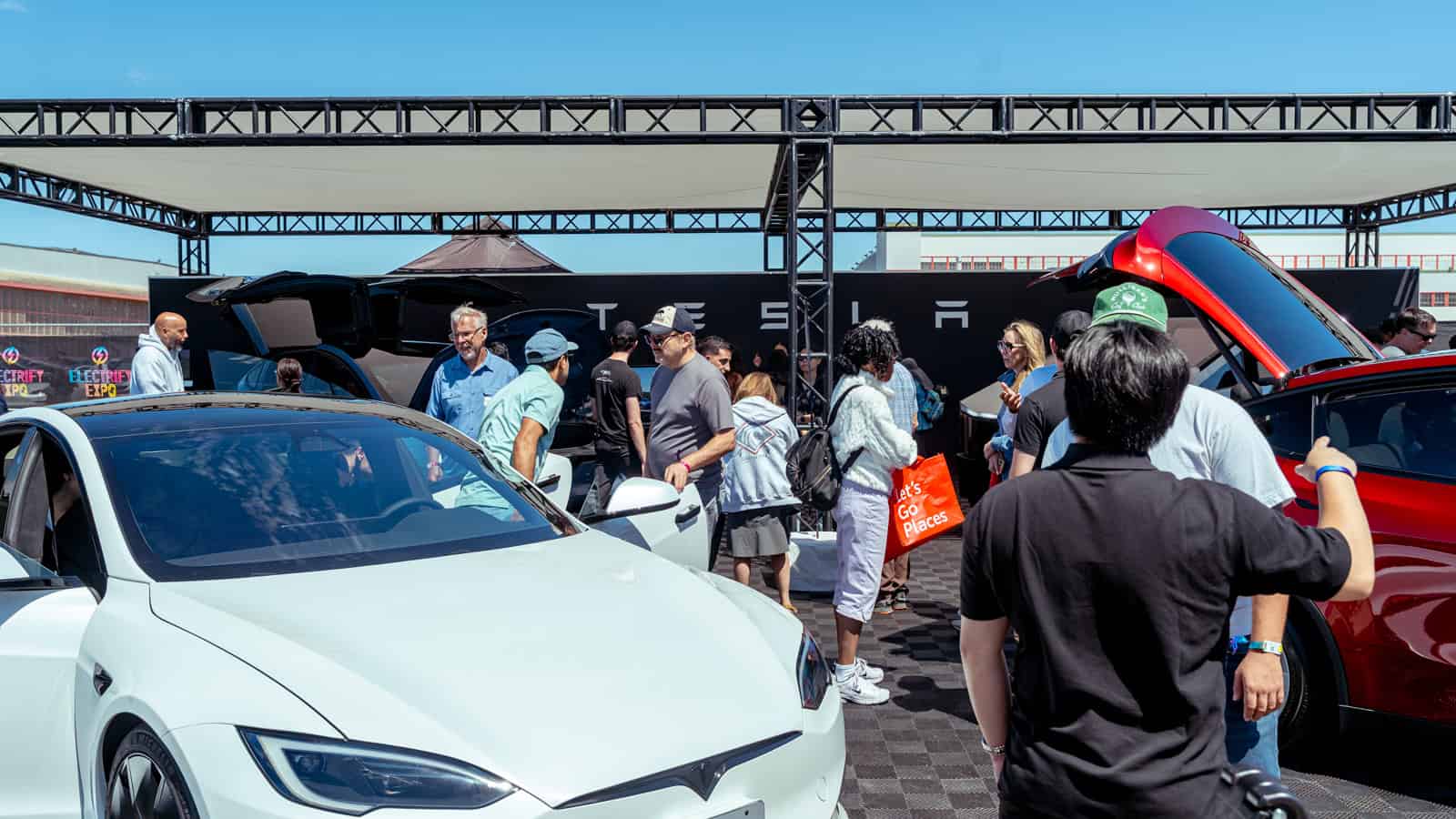
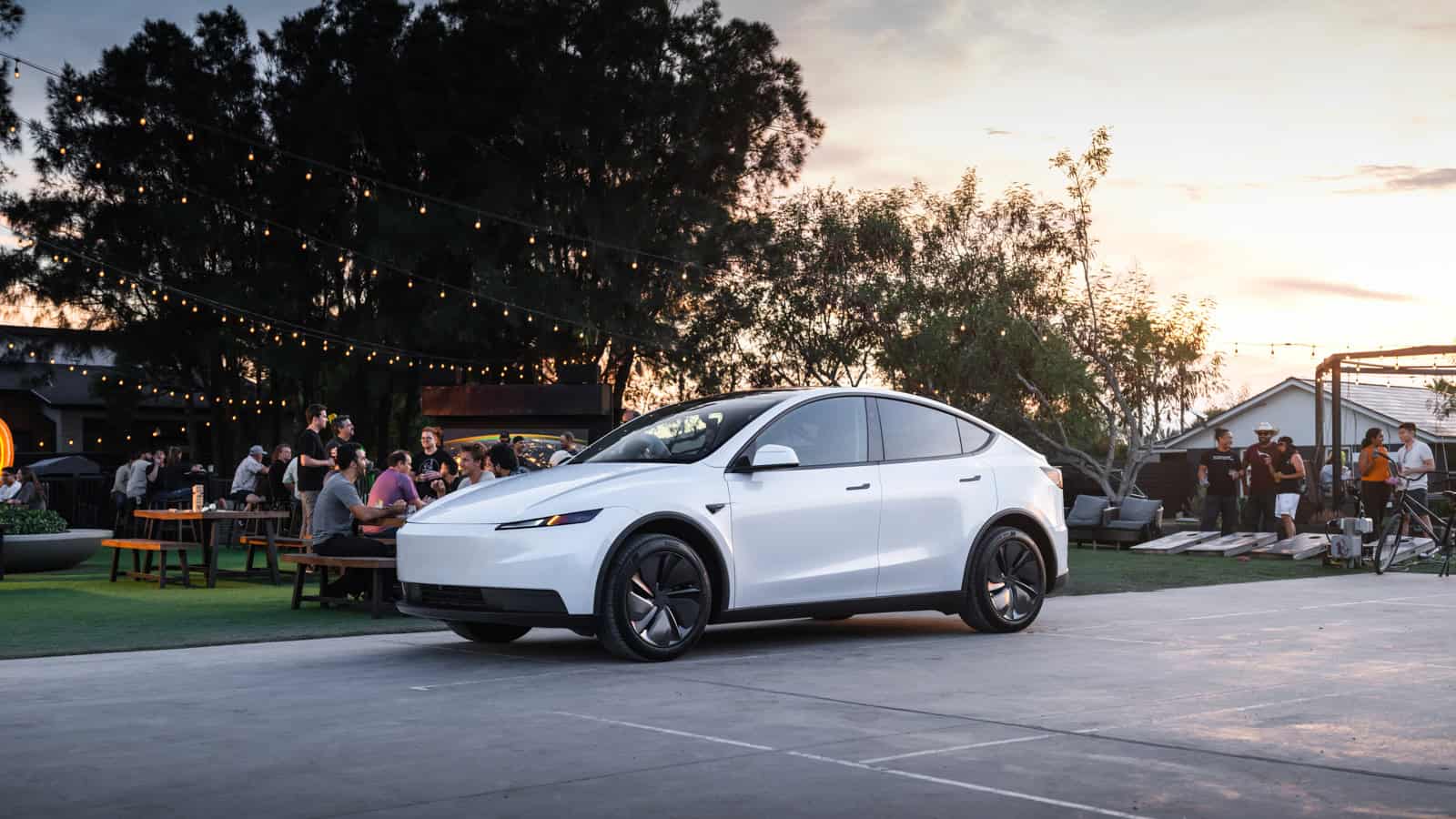
6 Responses